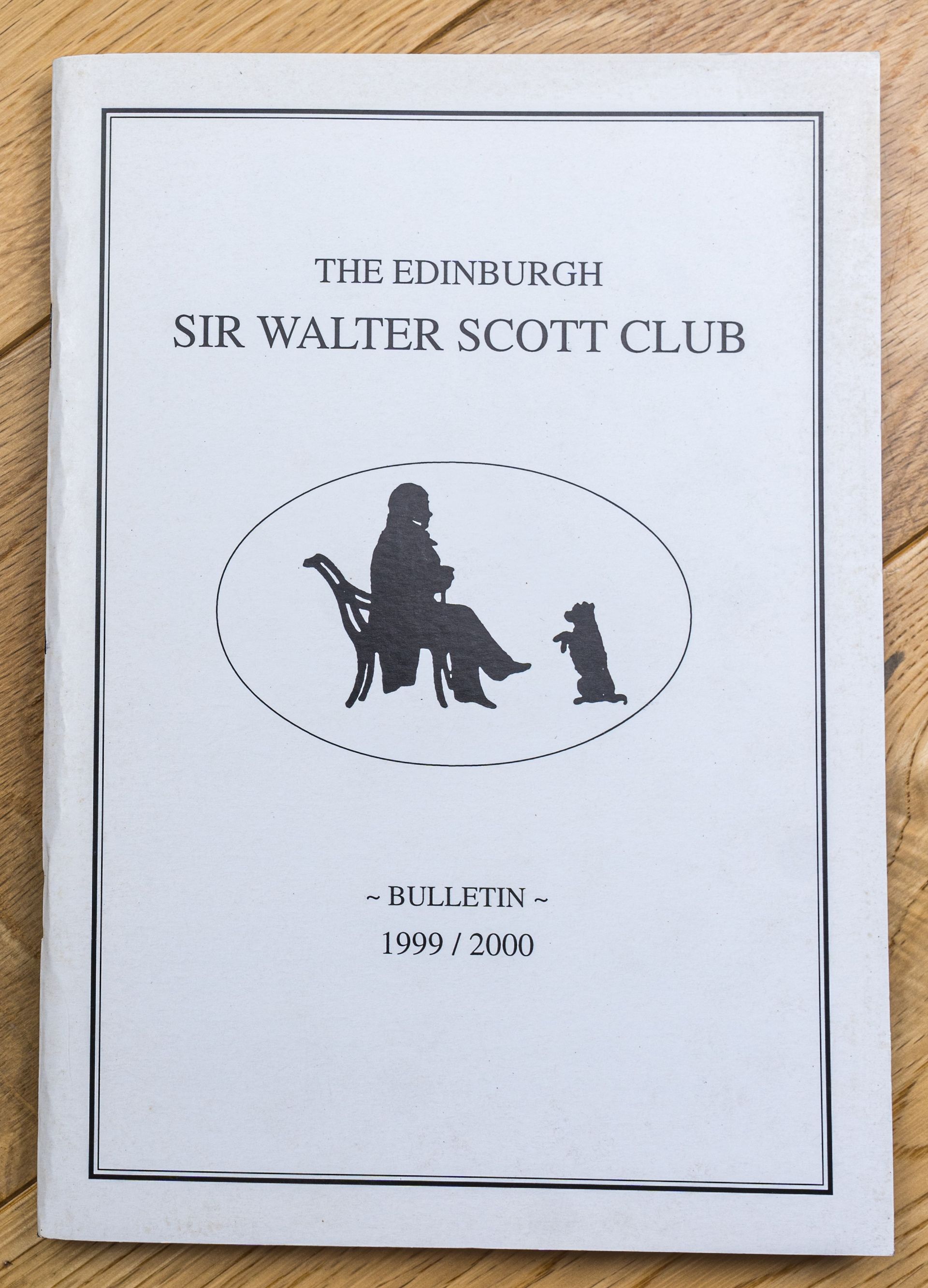Sir Walter Scott and the Brontës
Wednesday 30th June 1999
Summary of the Talk:
The talk explores the connections between Sir Walter Scott and the Brontë sisters, particularly focusing on the cultural and literary influence Scott had on their works. Sellars admits her limited exposure to Scott's works during her education but recounts how Scott’s influence was inescapable through other media, such as art. She compares the influence of both Scott and the Brontës on British art and literature. Sellars also contrasts Scott’s idealized image of Scotland with the Brontës’ portrayal of the Yorkshire moors, their own "romantic landscapes."
Sellars further details how Charlotte Brontë, influenced by Scott’s works, shared her admiration for the romantic heroism portrayed in his novels. The Brontë siblings were deeply influenced by Scott, particularly in the development of their own fictional worlds, like Emily’s Gondal, which mirrors Scott's romanticized landscapes and historical themes. The paper touches on how the Brontë sisters’ works and Scott’s writings intertwined in shaping British literary culture, including specific examples from their novels, like Wuthering Heights.
The text also dives into the historical context of Brontë tourism, sparked by the fame of Jane Eyre and fuelled by Charlotte’s literary legacy. The essay emphasizes the parallels between the Brontës’ Haworth Parsonage and Scott’s Abbotsford, which became iconic literary landmarks. Sellars also highlights Charlotte Brontë’s deep admiration for Scott, discussing her visit to Scotland, where she engaged with the landscape and places Scott had immortalized.
Interesting Points:
- Scott’s Influence on the Brontës: Charlotte and Emily Brontë were significantly influenced by Sir Walter Scott, not only in their writing but also in their early immersion in Scott’s stories as children. Their early creations, like the kingdom of Angria, were heavily inspired by Scott's historical and adventurous tales.
- Literary Tourism: The influence of both Scott and the Brontës gave rise to "literary tourism," where visitors to Haworth and Abbotsford would make pilgrimages to see the places that inspired their favourite authors. This tradition continues to this day, with museums and sites dedicated to preserving the legacy of both writers.
- Scott's Role in Shaping Scotland’s Identity: Scott played a key role in reimagining Scotland as a land of history, romance, and grandeur. His influence made the Scottish landscape a key part of literary tourism, much as the Brontës did for Yorkshire.
- Charlotte Brontë’s Personal Connection to Scott: Charlotte Brontë’s personal reflections on her visit to Scotland, and her deep admiration for Scott, reflect her connection to the Romantic ideals that Scott helped shape in British literature. Her comment on Edinburgh compared to London is particularly insightful, showcasing her romantic view of the Scottish capital.
- The "Brontë Myth": After Charlotte’s death, her biography, particularly as penned by Elizabeth Gaskell, contributed to the creation of the "Brontë myth," which painted Charlotte as a tragic and victimized figure. This narrative continues to influence the public’s view of the Brontës.
This talk ties the Brontës’ relationship with Scott to broader themes of literary influence, landscape, and identity, while reflecting on the cultural legacies both have left behind.
Download the [transcript] or read the [bulletin]

Download the [transcript] or read the [bulletin]


